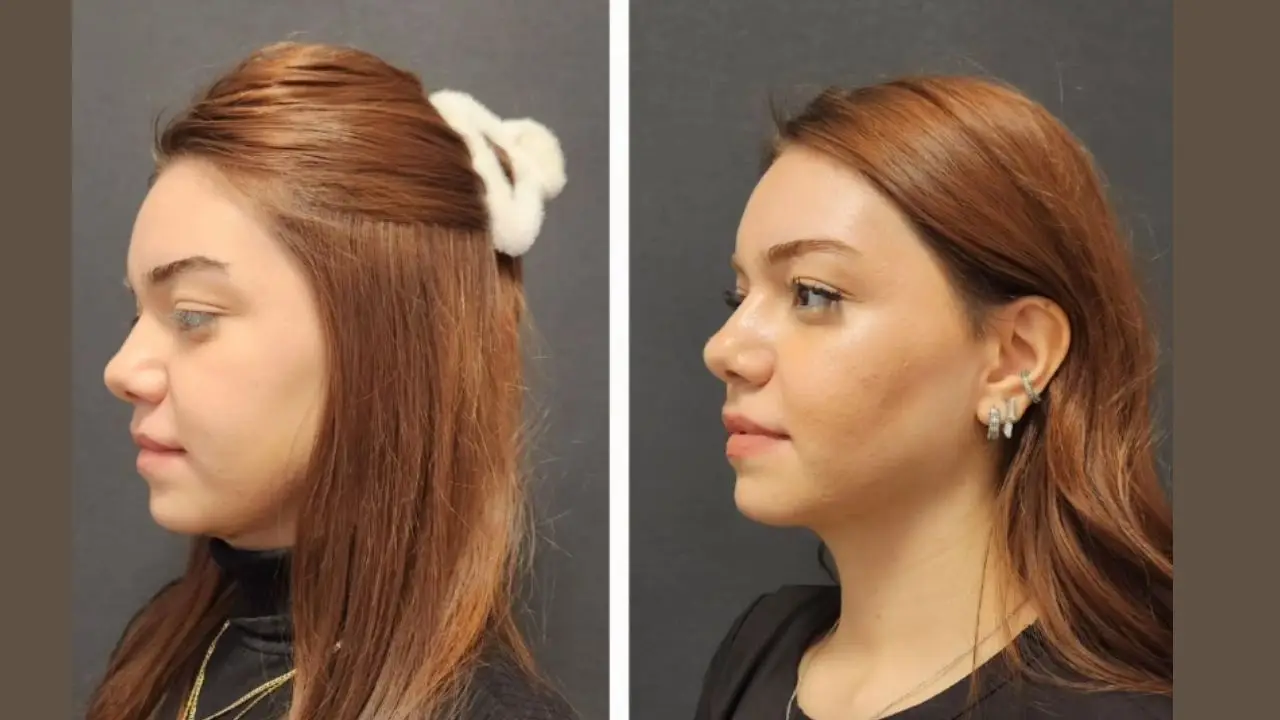A cheekbone fracture is a condition caused by facial trauma that negatively impacts both the aesthetic appearance and function of the face. In the following sections, you can find all the detailed information about cheekbone fractures.
Symptoms of Cheekbone Fracture
Facial fractures, often caused by traffic accidents, manifest in various ways. The symptoms of cheekbone fractures differ somewhat from those of other facial bones. The most common symptoms of a cheekbone fracture are as follows:
| Symptoms | Description |
| Pain | The first symptom of facial fractures is usually intense pain. The larger the fracture, the more severe the pain. The separation of bones, and the involvement of soft tissues and nerves, also influence the level of pain. |
| Swelling and Bruising | Noticeable swelling occurs in the affected area, often accompanied by bruising (hematoma) and redness. |
| Vision Problems | Muscles responsible for eye movements can be affected by facial bone fractures, leading to double vision (diplopia) and restricted eye movements. |
| Asymmetry | In severe fractures, the eye may shift toward the maxillary sinus, causing facial asymmetry. |
| Limited Mouth Movement | Fractures can restrict lower jaw movement, making it difficult or impossible to open and close the mouth. |
In addition to these common symptoms, cheek-bone fractures may also present with nasal bleeding, tenderness in the malar region, paresthesia, and bleeding into the maxillary sinus.
Treatment of Cheekbone Fracture
There are various treatment options for cheek-bone fractures. The treatment method chosen by oral and maxillofacial surgeons depends on the severity of the fracture. Common treatment options include:
1 – Conservative Treatments
In mild cases where bones have not shifted, conservative treatments are preferred before surgical interventions. Methods like anti-inflammatory medications, painkillers, muscle relaxants, and cold compresses are used to alleviate symptoms or reduce their severity.
2 – Surgical Treatment
In cases where cheekbone fractures cause functional or aesthetic issues, surgery is preferred. The fractured bones are returned to their anatomical positions and secured with medical devices like screws, plates, and wires to prevent further movement.

How is Cheekbone Fracture Surgery Performed?
There are different methods used for fracture surgery for cheekbone: open and closed surgery. If the patient’s condition allows, closed surgery is preferred due to its lower risks and faster recovery time. In cases where closed surgery is not possible, open surgery is performed.
1 – Open Surgery
Open surgery is performed under general anesthesia, with incisions made inside the mouth. If access to the fracture is not possible through these incisions, an incision is made just below the eye.
2 – Closed Surgery
In this method, small incisions of about 0.5 cm are made to access the fractured bones, which are then repositioned using special medical instruments.
Risks of Cheek bone Fracture Surgery
As with any surgical procedure, there are risks involved with cheekbone fracture surgery, including infection, bleeding, nerve damage, facial asymmetry, visible scarring, and improper bone healing. Some of these risks can be minimized with precautions, while others may require revision surgery.
Cheek bone Fracture Healing Time
The recovery process following chekbone fracture surgery varies. Swelling, bruising, and pain are common in the early days post-surgery but will subside over time. The cuts usually heal within 7-10 days, and the fractures fully heal in 4-8 weeks.
For further information on chekbone fractures, facial fractures, and jaw problems, feel free to contact Prof. Dr. Celal Çandırlı, a renowned specialist in oral and maxillofacial surgery.

Frequently Asked Questions
1 – Can a Cheekbone Fracture Heal on Its Own?
Mild fractures where bones are not displaced may heal without surgery. However, most cases require surgical intervention.
2 – What Are the Symptoms of Cheekbone Injury?
Swelling, bruising, limited jaw movement, and severe pain are common signs of cheekbone injury.
3 – How is Cheekbone Fracture Treated in Children?
Depending on the severity, either surgical or conservative treatment is chosen for children.
4 – How Long Does It Take for a Cheekbone Fracture to Heal?
Full recovery usually takes 4-8 weeks, but this can vary depending on the patient’s age and the severity of the fracture.
5 -How Can a Cheek-bone Fracture Be Diagnosed?
Physical examination, X-rays, and CT scans are used to diagnose cheekbone fractures.





